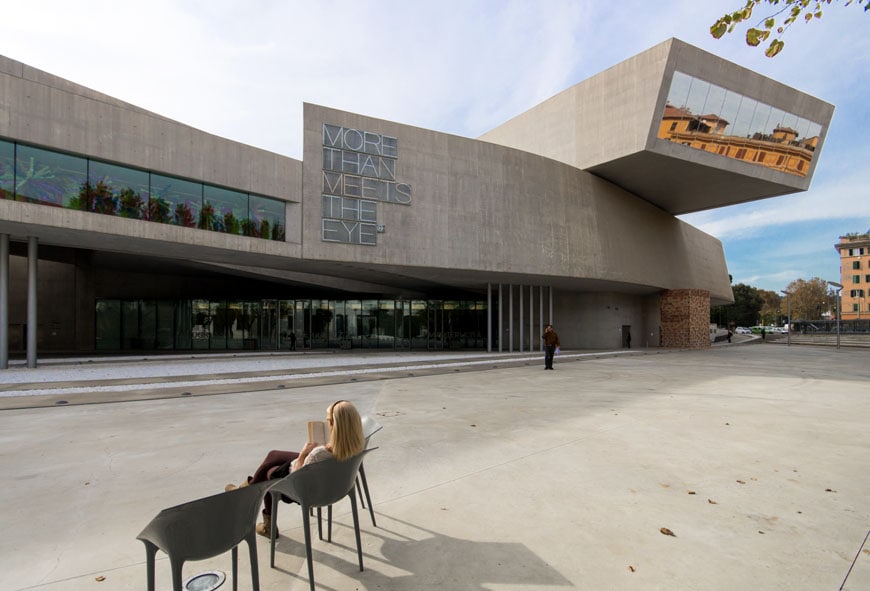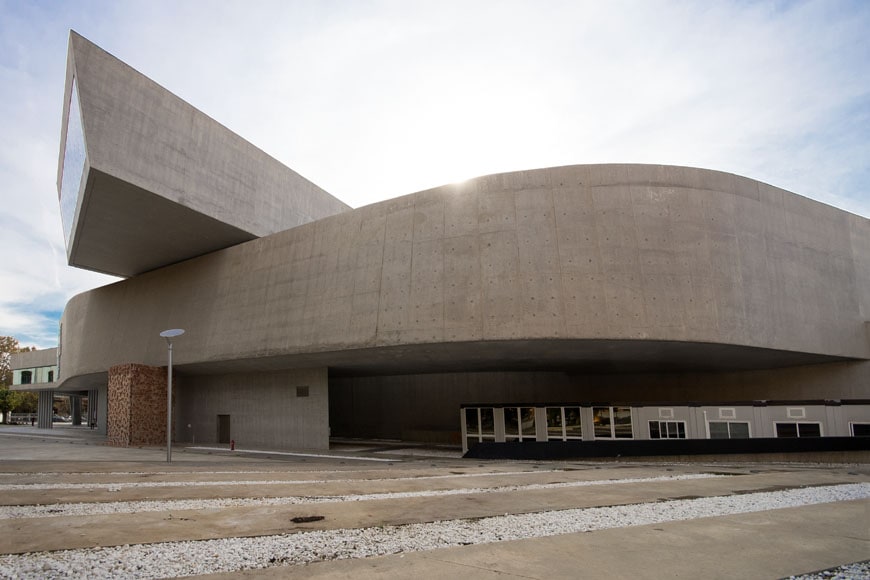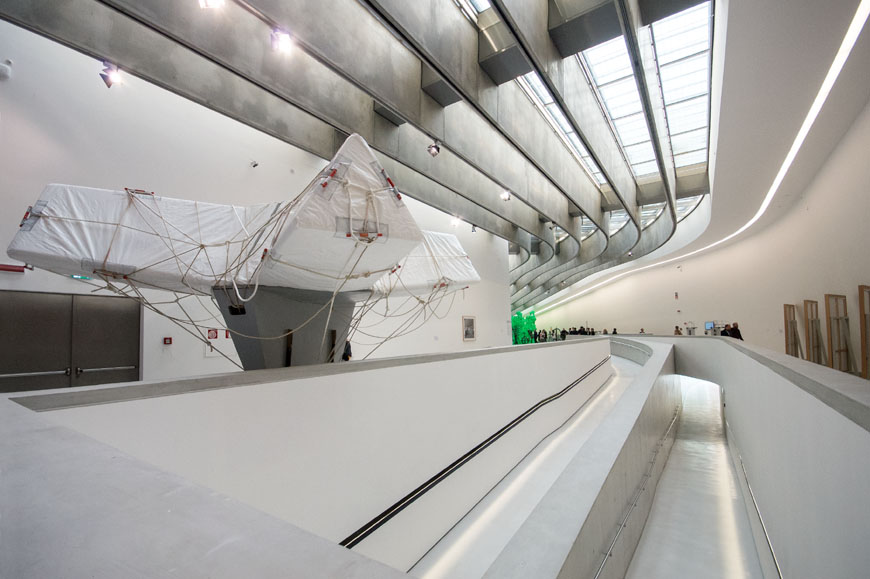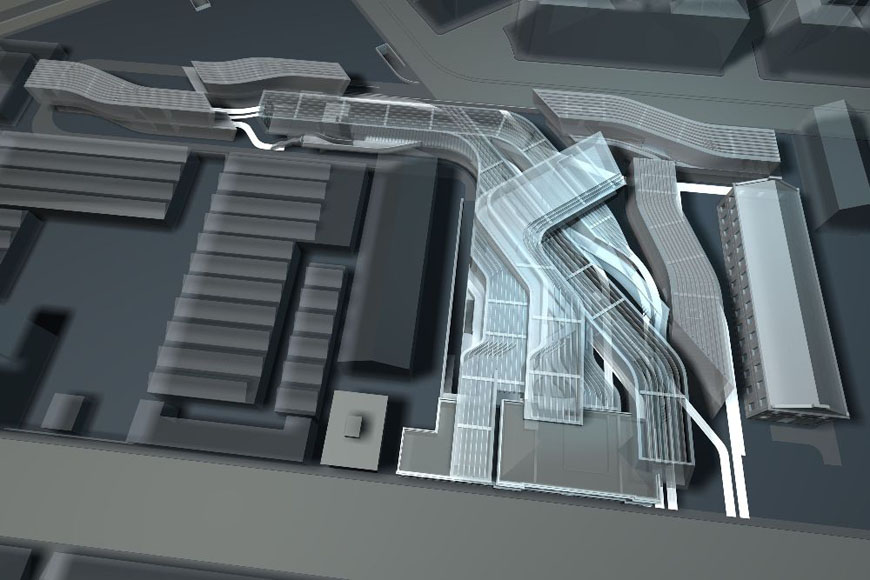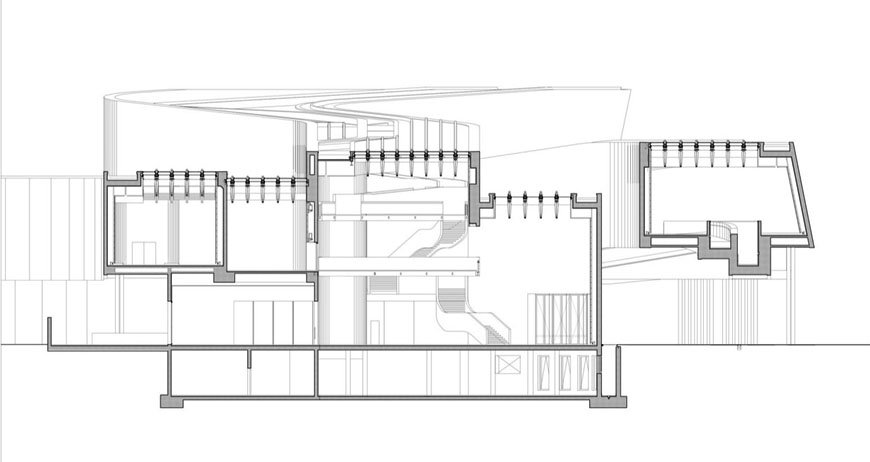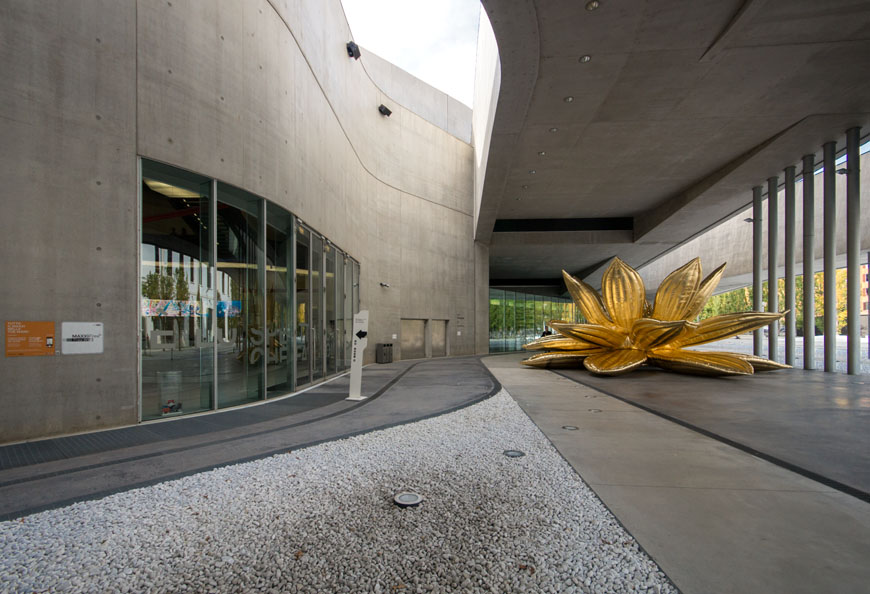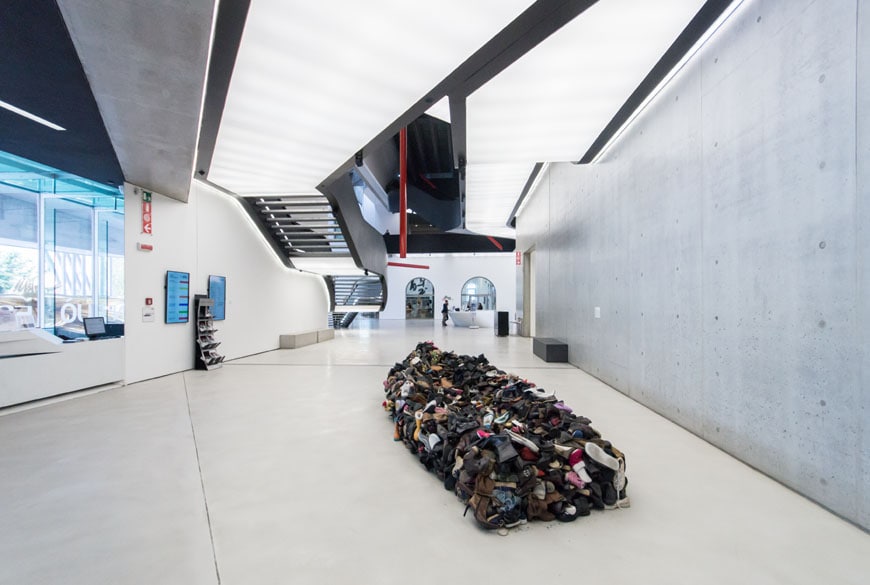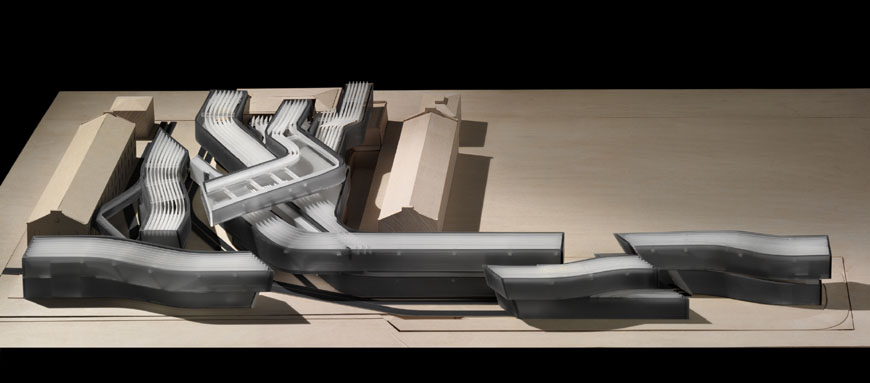Zaha Hadid – The MAXXI Museum Rome – part 1
Client: Italian Ministry of Culture
Architect: Zaha Hadid Architects
Design: Zaha Hadid with Patrik Schumacher
Project architect: Gianluca Racana
MAXXI Museum, exterior view, photo © Inexhibit, 2015
The MAXXI Museum in Rome by Zaha Hadid Architects – part 1
Introduction
On May 28, 2010, the inauguration of the MAXXI Museum in Rome marked a turning point for the Italian cultural scene. This long-awaited venue, designed by Zaha Hadid Architects, was indeed the first major public-owned museum dedicated to contemporary art to be opened in decades in Italy; a country world-renowned for its old art heritage but where public institutions have traditionally paid less attention to the arts of today, with the remarkable exception of the Venice Biennale.
Therefore, the opening of the MAXXI is a milestone in the path of Italy toward a more conscious attitude toward contemporary culture. Since that day, indeed, many new private and public museums and centers dedicated to contemporary art, architecture, design, and creativity have been opened in Italy, albeit still not as many as in, say, the United States, France, Germany, or the United Kingdom.
The development of the MAXXI project
However, the birth of the MAXXI (an acronym for Museo Nazionale delle Arti del XXI Secolo – National Museum of the 21st Century Arts) had been somehow troubled.
The proposal by Zaha Hadid was selected as the winning one among the 273 submitted to an international design competition, organized between 1998 and 1999 by the Ministry of Cultural Heritage to establish the first institution in Italy devoted exclusively to contemporary art and architecture.
The site selected for the new museum was that of a disused military compound (the former Caserma Montello) in the Flaminio neighborhood, an area just north of Rome’s historical center, where the Olympic Sports Palace by Pier Luigi Nervi (1960) and the Auditorium by Renzo Piano (2002) are also located.
Despite the support of the Italian Government, it took almost 11 years to see the building completed, mainly due to the political instability of the time, as well as to the revision of the original program of spaces of the museum. Today, the MAXXI is probably the most lively cultural center in Rome, and among the most influential in Europe, with a wide offer of exhibitions, activities, and special events. Furthermore, the MAXXI project won the prestigious RIBA’s Stirling Prize in 2010 for its architectural quality.
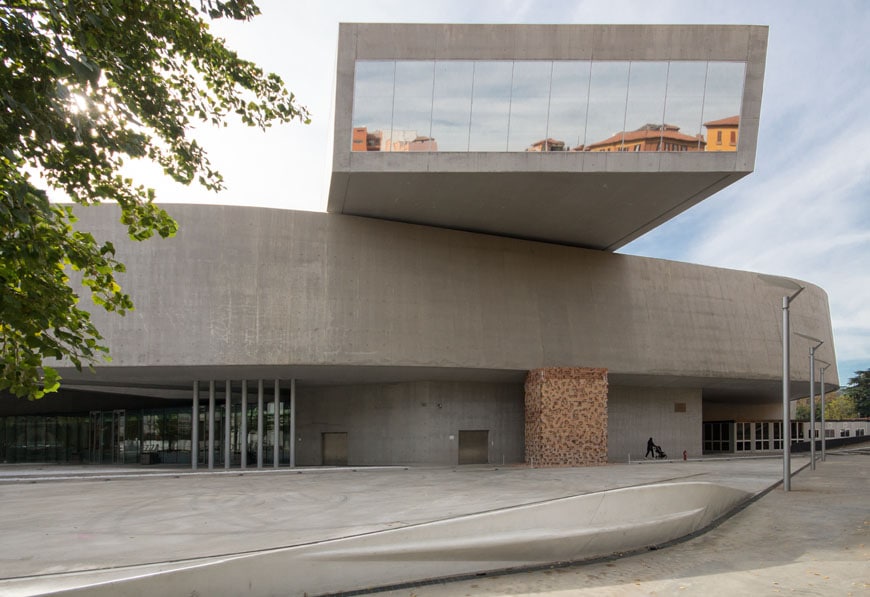
MAXXI Museum, exterior views, photos © Inexhibit, 2015
MAXXI Museum, interior view of a temporary exhibition gallery, photo © Inexhibit, 2015
Architectural concept
The concept behind the design by Zaha Hadid Architects was to create a fluid building, dropping the traditional articulation in separate, secluded, rooms typical of many old and modern museums, as well as the rigid distinction between interior and external space – an idea which somehow recalls Frank Lloyd Wright’s design for the Guggenheim Museum in New York.
Thus, as Zaha Hadid says, “MAXXI supersedes the notion of the museum as ‘object’ or fixed entity, presenting instead ‘a field of buildings’ accessible to all, with no firm boundary between what is ‘within’ and what ‘without’. Central to this new reality – its primary force – is a confluence of lines – walls that constantly intersect and separate to create indoor and outdoor spaces.”
Schematic view, MAXXI museum Rome, ZHA
Roof plan, MAXXI museum Rome, ZHA
MAXXI museum Rome, cross-section, ZHA


MAXXI Museum, interior and exterior views, photos © Inexhibit, 2015
Even before completion, the project of the MAXXI, hitherto the largest designed by the Anglo-Iraqi architect, was subject to criticism, both for its location, which was considered marginal and too far from the city center and for its form, judged self-referential and inappropriate for a museum, although admittedly fascinating.
And similarly to what happened with the building designed by Wright, some critics complained that the curved walls of the museum were unfit to accommodate large paintings. I personally do not agree much with this criticism, there are enough flat walls in the MAXXI for hanging even large paintings, including a really big work by Anselm Kiefer. Furthermore, the museum is quite good for sculptures and installations, which both represent probably the most used means of expression in contemporary art.
It must be said that, when it opened in 2010, the museum was defined as a “project without a collection”. The collections of – modern to contemporary – art and architecture were indeed built only after the MAXXI’s opening (you can find details on them in the second part of this article).
The permanent exhibition gallery on the first floor, left: Sternefall by Anselm Kiefer, photo © Inexhibit, 2015
Ground floor view, foreground: the work Barka by Sislej Xhafa, photo © Inexhibit, 2015

The ground floor, view from the first floor, photo © Inexhibit, 2015
Differences between the competition proposal and the completed project
The competition proposal by Zaha Hadid was selected as the winner after a final stage to which 15 architectural teams were admitted, including those led by Steven Holl, Rem Koolhaas, Toyo Ito, Jean Nouvel, and SANAA.
The museum complex we see today is only a part of the competition design by Zaha Hadid. The original project, coherently with her “field of buildings” concept, included five brand new buildings, only one of which has been actually built; therefore, on various occasions, the Anglo-Iraqi architect has complained that the MAXXI is an “incomplete project”. However, looking at the original design, though its visual impact was certainly more “dramatic”, nevertheless the almost complete saturation of the site it envisaged is not fully convincing, in my opinion.
Two views of the scale model of the original proposal by ZHA, showing the five new buildings planned

The MAXXI is the most important museum of modern and contemporary arts and architecture in Rome and a futuristic building by Zaha Hadid
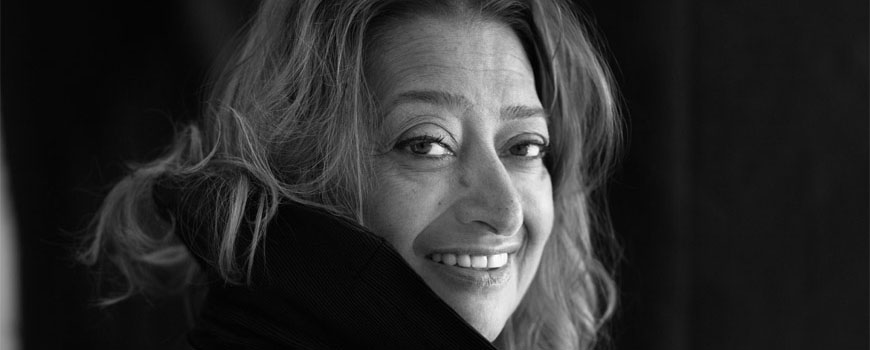
Zaha Hadid Architects
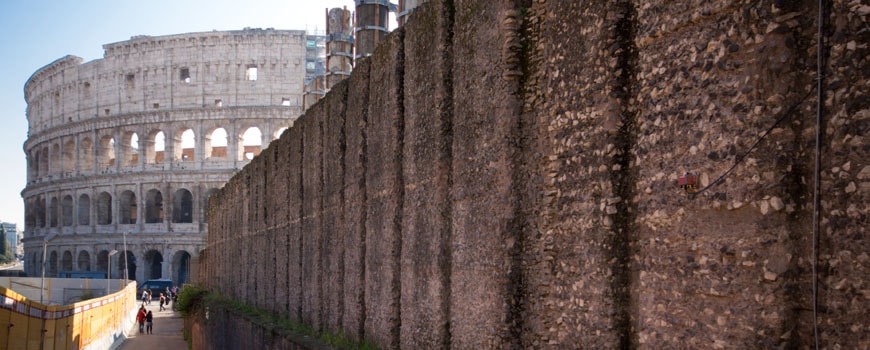
Rome
copyright Inexhibit 2024 - ISSN: 2283-5474

